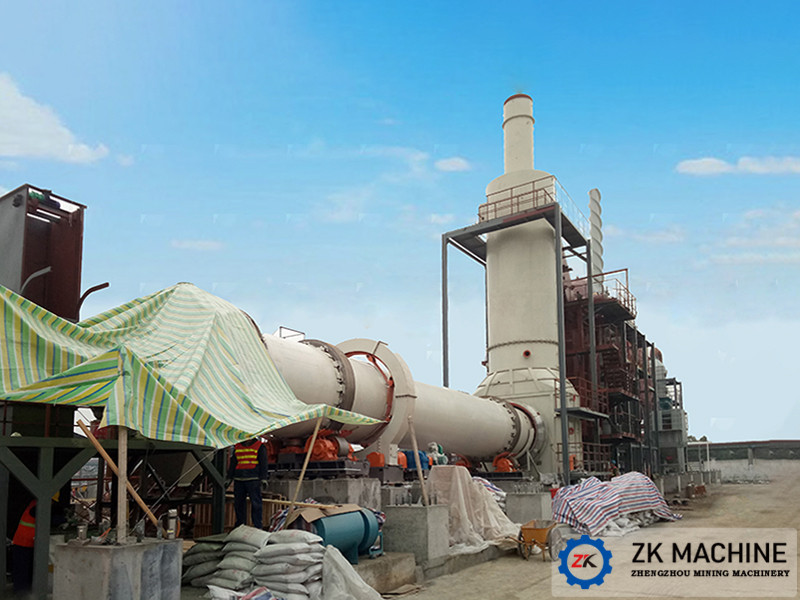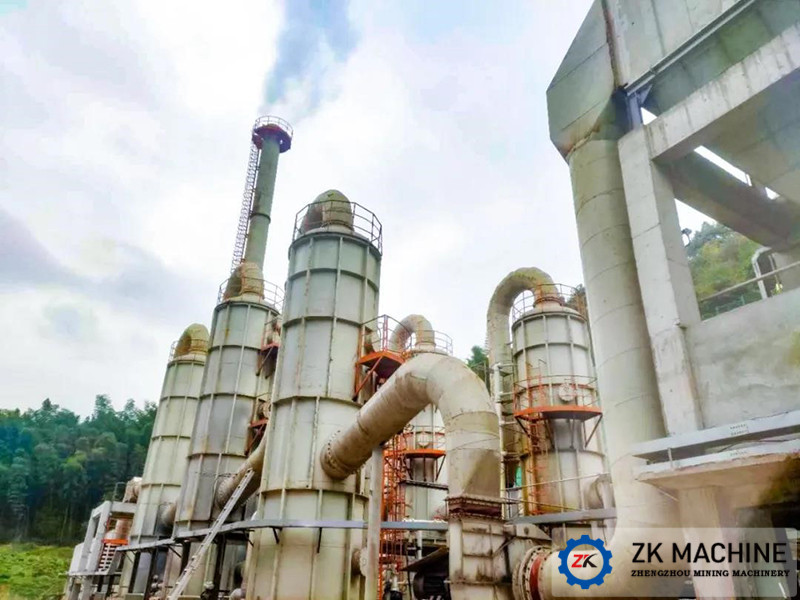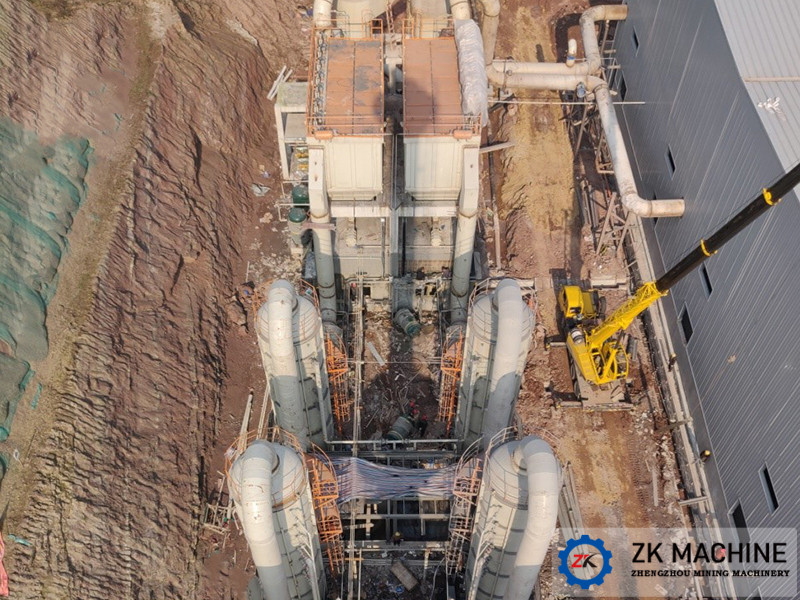As the urbanization process continues to accelerate, the level of industrialization continues to increase, sludge production has accelerated dramatically and hoarding. Urban sludge and industrial sludge have become a major obstacle to urban development and industrial progress. The sludge calcination and disposal industry corresponding to this has also developed rapidly.

The sludge contains a lot of harmful substances. After drying and roasting, many harmful gases are volatilized. If left untreated, it will cause great pollution to the environment, destroy the ecological balance, and cause great physical and mental health to the surrounding residents Impact. Therefore, a complete exhaust gas treatment system must be provided to ensure that the emitted gas meets the requirements of national and local standards.
How to deal with these harmful gases, we first need to understand what are the harmful gases. Through a lot of information query and previous project experience, the main harmful gas components after sludge drying and roasting are: particulate matter, SO2, NOX, HCl, HF, NH3, H2S and Hg, TI, Cd, Pd, As and other heavy metals.

It can be seen from the above main components that there are three main types of harmful gas components:
1. Dust: The dust treatment is mainly collected through the two-stage dust removal of cyclone dust collector + high temperature bag dust collector. The flue gas dust content after treatment can achieve the standard emission of 30mg / m³.
2. Acid gas such as sulfide: It is mainly washed through the desulfurization tower, and the acid gas in the harmful gas components is absorbed through the alkaline solution.
3. Nitrogen oxides: Nitrogen oxides need to be used in denitrification devices, which are currently mainly treated with SCR technology.

4. Dioxins and heavy metals: These harmful gases have a serious impact on the human living environment. The activated carbon powder can be sprayed on the inlet pipe of the bag filter to make the activated carbon powder evenly coated on the surface of the filter bag. The porous adsorption of activated carbon powder is used to Dioxins and heavy metal gas are absorbed, then collected by dust collector, re-granulated and transported to rotary kiln for calcination and solidification, so that the entire production line is free of harmful substances.






















